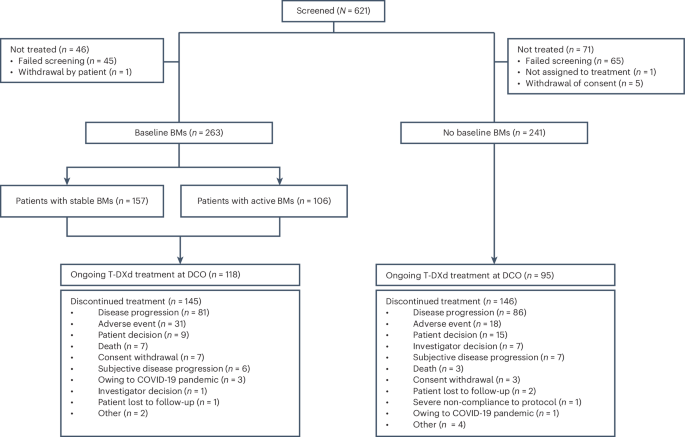2024-10-04 カリフォルニア大学校アーバイン校(UCI)
<関連情報>
- https://news.uci.edu/2024/10/04/uc-irvine-researchers-are-first-to-reveal-role-of-ophthalmic-acid-in-motor-function-control/
- https://academic.oup.com/brain/article-abstract/147/10/3379/7636309?redirectedFrom=fulltext
CaSRを介した運動機能の新たな制御因子であるOphthalmate:運動障害への示唆 Ophthalmate is a new regulator of motor functions via CaSR: implications for movement disorders
Sammy Alhassen, Derk Hogenkamp, Hung Anh Nguyen, Saeed Al Masri, Geoffrey W Abbott, Olivier Civelli, Amal Alachkar
Brain Published:27 March 2024
DOI:https://doi.org/10.1093/brain/awae097
Abstract
Dopamine’s role as the principal neurotransmitter in motor functions has long been accepted. We broaden this conventional perspective by demonstrating the involvement of non-dopaminergic mechanisms. In mouse models of Parkinson’s disease, we observed that L-DOPA elicited a substantial motor response even when its conversion to dopamine was blocked by inhibiting the enzyme aromatic amino acid decarboxylase (AADC). Remarkably, the motor activity response to L-DOPA in the presence of an AADC inhibitor (NSD1015) showed a delayed onset, yet greater intensity and longer duration, peaking at 7 h, compared to when L-DOPA was administered alone. This suggests an alternative pathway or mechanism, independent of dopamine signalling, mediating the motor functions. We sought to determine the metabolites associated with the pronounced hyperactivity observed, using comprehensive metabolomics analysis.
Our results revealed that the peak in motor activity induced by NSD1015/L-DOPA in Parkinson’s disease mice is associated with a surge (20-fold) in brain levels of the tripeptide ophthalmic acid (also known as ophthalmate in its anionic form). Interestingly, we found that administering ophthalmate directly to the brain rescued motor deficits in Parkinson’s disease mice in a dose-dependent manner. We investigated the molecular mechanisms underlying ophthalmate’s action and discovered, through radioligand binding and cAMP-luminescence assays, that ophthalmate binds to and activates the calcium-sensing receptor (CaSR).
Additionally, our findings demonstrated that a CaSR antagonist inhibits the motor-enhancing effects of ophthalmate, further solidifying the evidence that ophthalmate modulates motor functions through the activation of the CaSR. The discovery of ophthalmate as a novel regulator of motor function presents significant potential to transform our understanding of brain mechanisms of movement control and the therapeutic management of related disorders.


